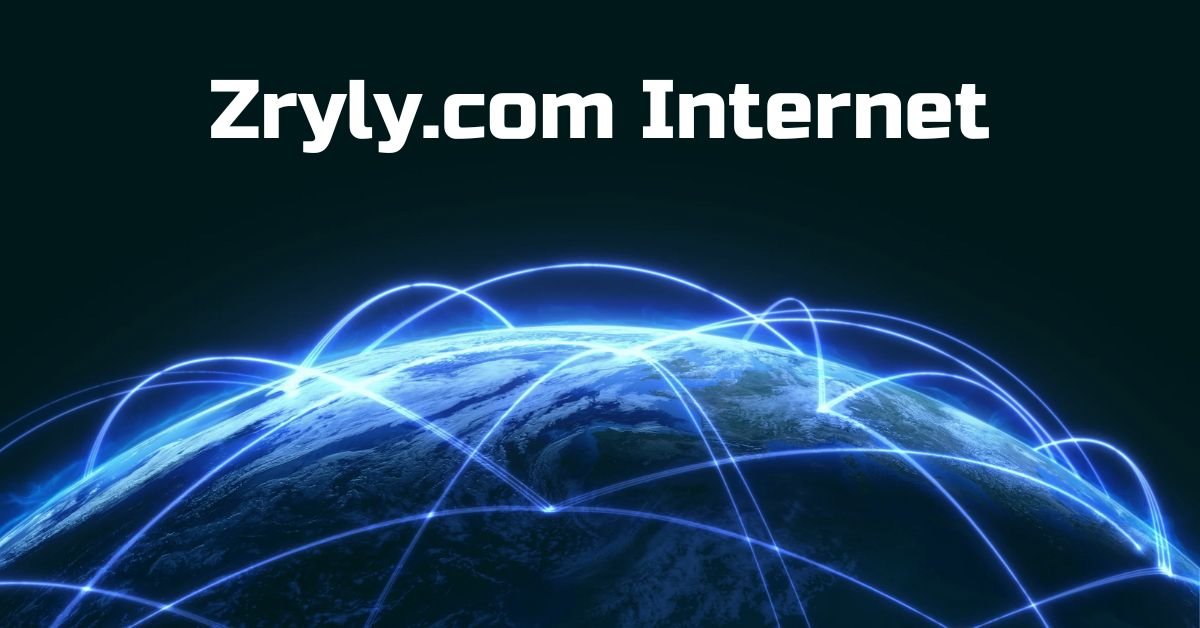The Concept of Connections in Networking
In the realm of networking, the term “connections” refers to the relationships that enable interactions between different entities, such as devices, users, or networks. These connections are essential as they facilitate communication connections hint mashable and allow for the sharing of data and resources, forming the backbone of any effective network. Whether in a physical setting, such as wiring in a corporate office, or in a virtual environment, like cloud computing services, connections play a crucial role in facilitating seamless operation.
The importance of connections in networking cannot be overstated. Strong and reliable connections ensure that data can be transferred efficiently between nodes, minimizing latency and maximizing overall performance. For instance, in a corporate network, robust connections between computers, printers, and servers enable employees to access necessary resources swiftly, enhancing productivity significantly. Furthermore, in a broader context, connections allow different networks to interlink, creating a more globalized communication infrastructure, as seen in the internet’s intricate web of inter-network connections.
Moreover, connections also contribute to the resilience and redundancy of networks. A well-structured network with multiple connection paths can reroute traffic in the event of a failure, maintaining service continuity. On a virtual level, connections are vital in cloud networks where multiple users and devices interact simultaneously, requiring a stable and fast exchange of information. These dynamics illustrate the intricate balance and sophistication involved in managing connections within a network.
In conclusion, connections hint mashable understanding connections, whether in physical or virtual forms, is essential for grasping the dynamics of networks. By recognizing their significance in enhancing communication, data transfer, and resource sharing, stakeholders can make informed decisions about network design and optimization, paving the way for improved functionalities and user experiences.
Types of Connections: Wired vs. Wireless
Connections within network dynamics can be broadly categorized into two types: wired and wireless. Each type possesses its unique characteristics, advantages, and disadvantages, which ultimately influence their application in various scenarios. Understanding these distinctions is paramount for making informed decisions regarding network setups, whether for home, business, or larger organizational contexts.
Wired connections, as the term implies, rely on physical cables to establish a network. Technologies such as Ethernet, fiber optic, and coaxial cables are commonly utilized in wired networks. One significant advantage of wired connections is their stability and reliability; they are less susceptible to interference and typically offer faster data connections hint mashable transfer rates compared to their wireless counterparts. This makes them suitable for environments that require consistent connectivity, such as offices where large file transfers and video conferencing are commonplace. However, the primary disadvantage lies in the physical limitations of cabling, which can complicate mobility and flexibility in network design.
On the other hand, wireless connections utilize radio signals to transmit data, eliminating the need for physical cables. Technologies such as Wi-Fi and Bluetooth fall into this category. The primary benefit of wireless connections is their mobility; users can access the network from various locations without being tethered to a specific spot. This flexibility makes them ideal for home environments and public areas like cafes and airports. Nonetheless, wireless connections are often more vulnerable to interference from environmental factors and can suffer from reduced speeds, especially as more devices connect to the same network. As such, the connections hint mashable choice between wired and wireless connections often comes down to the specific needs of the user, the required speed, and the intended environment.
Building Strong Connections: Best Practices

Establishing robust connections within any network is essential for ensuring efficient communication and data exchange. To foster strong connections, it is vital to follow best practices that enhance both the performance and reliability of the network. One fundamental aspect is to configure your network settings optimally. This includes properly setting the IP addresses, subnet masks, and gateway configurations to facilitate seamless interactions between devices. Furthermore, ensuring that all devices within the network are compatible can significantly reduce connectivity issues.
Troubleshooting common connections hint mashable network issues is yet another critical component of maintaining strong connections. Regularly monitoring performance can help identify potential bottlenecks or failures. Implementing a systematic approach to troubleshooting, such as following the OSI model, provides clarity and structure when diagnosing problems. Network administrators should be proficient in using common diagnostic tools, such as ping and traceroute, to swiftly pinpoint areas of concern and mitigate the impact on users.
The integration of network management tools also plays a significant role in building strong connections. These tools facilitate monitoring, alerting, and reporting of network performance, enabling proactive measures to be taken before issues connections hint mashable escalate. By automating routine tasks, such tools can help in managing devices effectively, thereby ensuring that network connections remain stable.
In addition to configuration and management, regular maintenance and updates cannot be overlooked. Keeping network firmware and software up to date is crucial to safeguard against vulnerabilities that could compromise connection integrity. Regular audits of the network can also help in identifying and rectifying areas that may require attention or enhancement. Collectively, these practices contribute significantly to the long-term reliability and resilience of network connections.
The Future of Connections in Networking
The rapid evolution of technology is fundamentally altering the landscape of networking, ushering in a new era characterized by enhanced connectivity and sophisticated network dynamics. Among the pivotal advancements that are poised to redefine connections is the rollout of 5G technology. This fifth generation of mobile network technology connections hint mashable promises unprecedented data transfer speeds and minimal latency, which will enable a seamless exchange of information among devices. Users can expect an explosion of interconnected devices as 5G networks facilitate real-time communication and expand the capacity of existing connections.
Another significant trend influencing the future of networking is the Internet of Things (IoT). This paradigm shifts the way devices communicate with one another, creating a network of intelligent devices that share data and operate collaboratively. The proliferation of IoT technologies is expected to lead to enhanced efficiencies in various industries, including healthcare, transportation, and smart home applications. As these connections grow more complex, they will necessitate the development of robust security measures to protect sensitive data and ensure user privacy.
In addition to these innovations, advancements in networking protocols will play a crucial role in optimizing connections across digital landscapes. Emerging protocols are designed to facilitate more efficient routing connections hint mashable and support diverse types of data traffic, ensuring that networks can handle increasing demands. Technologies such as Software-Defined Networking (SDN) and Network Function Virtualization (NFV) are enabling more flexible and efficient network architectures which, in turn, enhance user experiences through better resource allocation and management.
As these transformative trends take shape, it is essential for individuals and organizations to remain proactive and informed about the implications of these developments. With the continuous evolution of connections hint mashable in networking, stakeholders will need to adapt their strategies and practices to fully leverage the benefits of these technological advancements.


